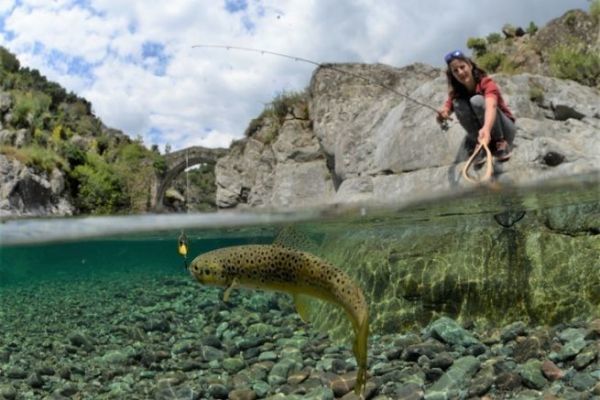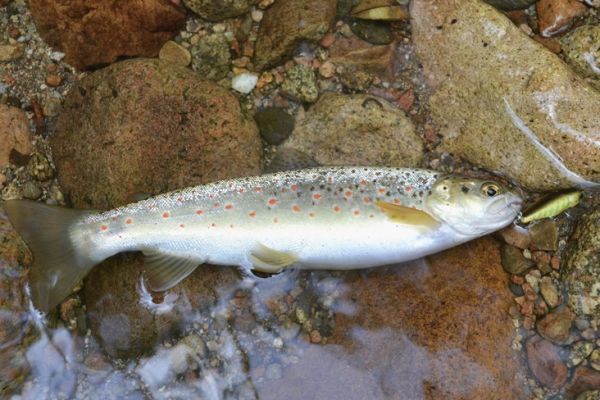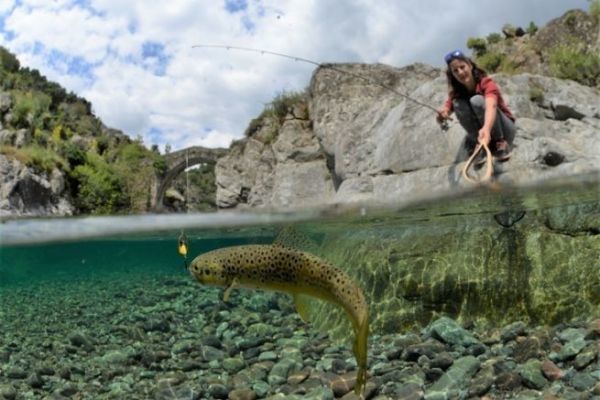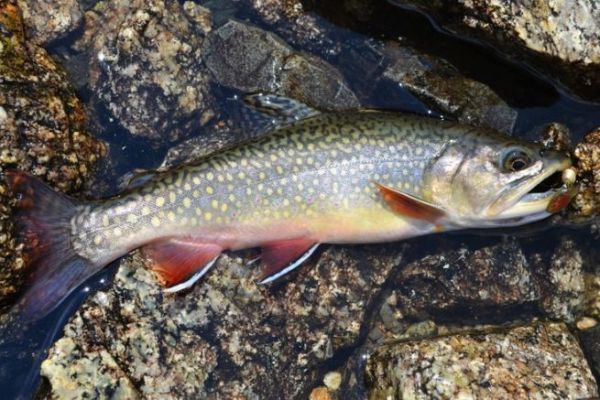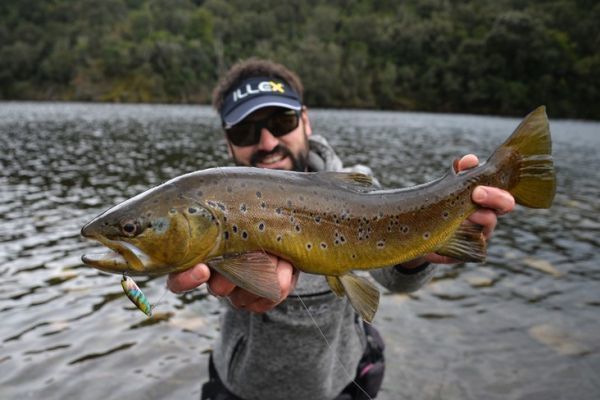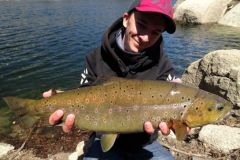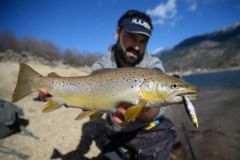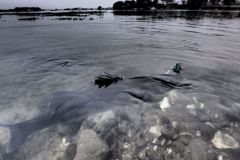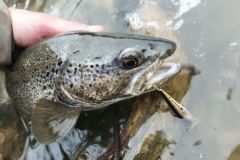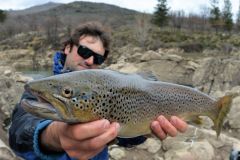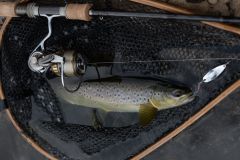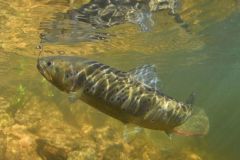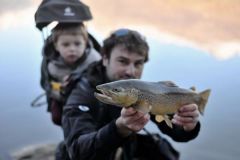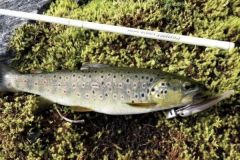Trout and salmonids are very common in France and Europe. There are countless ways to track them. The one that interests us as carnivore anglers is lure fishing.
Lure fishing for trout became very popular in France (and around the world) with the arrival on the market of light spinning reels in the 50s. Since then, in addition to the spinning spoon, many other lures have been developed.
After metal lures, swimming fish took the lead, and recently soft lures have entered the lure box.
Let's take a look at 11 lure fishing techniques to help you brush up on your skills, or even find out how to lure your speckled trout at the opening.
Metal lures, from the most classic to the most modern
These 10 approaches are by no means exhaustive, but they will help you get the most out of any type of environment, be it a torrent, mountain lake, dammed lake, lowland river or large watercourse.
We'll start with the spinning spoon. In addition to its effectiveness, it was one of the first lures popularized for salmonid fishing.
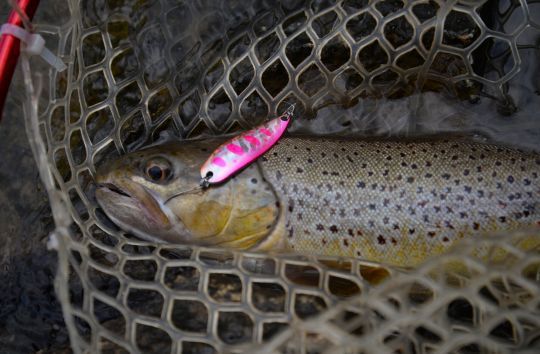
We'll move on to the wobbling spoon, also a very old lure, but one that has come back with a vengeance among trout anglers - and we'll see why!
We'll then look at two more recent and modern techniques using metal lures: micro spinnerbait fishing and casting jig fishing.
The essential swimming fish
We'll come back to hard lures and swimming fish later on.
It's a very technical and versatile family of lures to use, and one that too many anglers underestimate.
One article will be devoted to the sinking minnow, one to the large bib swimming fish, one to the suspending and floating minnow, and finally one devoted to the lipless minnow.
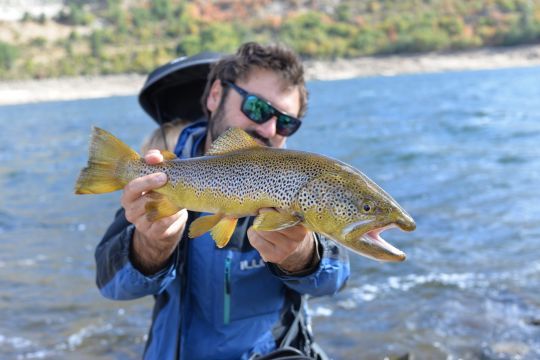
You'll see that swimming fish still have a bright future ahead of them, and are very effective.
The latest soft lures
Finally, we'll finish with three articles on soft lures.
These modern lures, long shunned, are formidable, especially on difficult fish, and trout anglers are using them more and more.
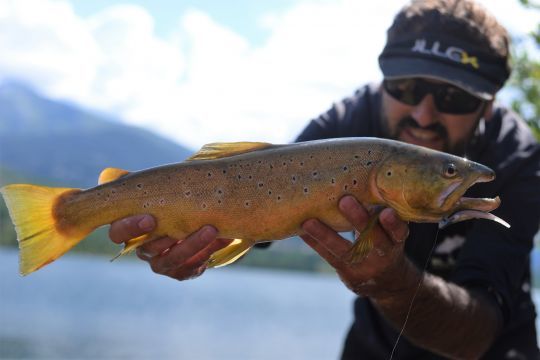
We'll cover shad fishing, finesse fishing and, finally, fishing for creatures and invertebrate imitations.
